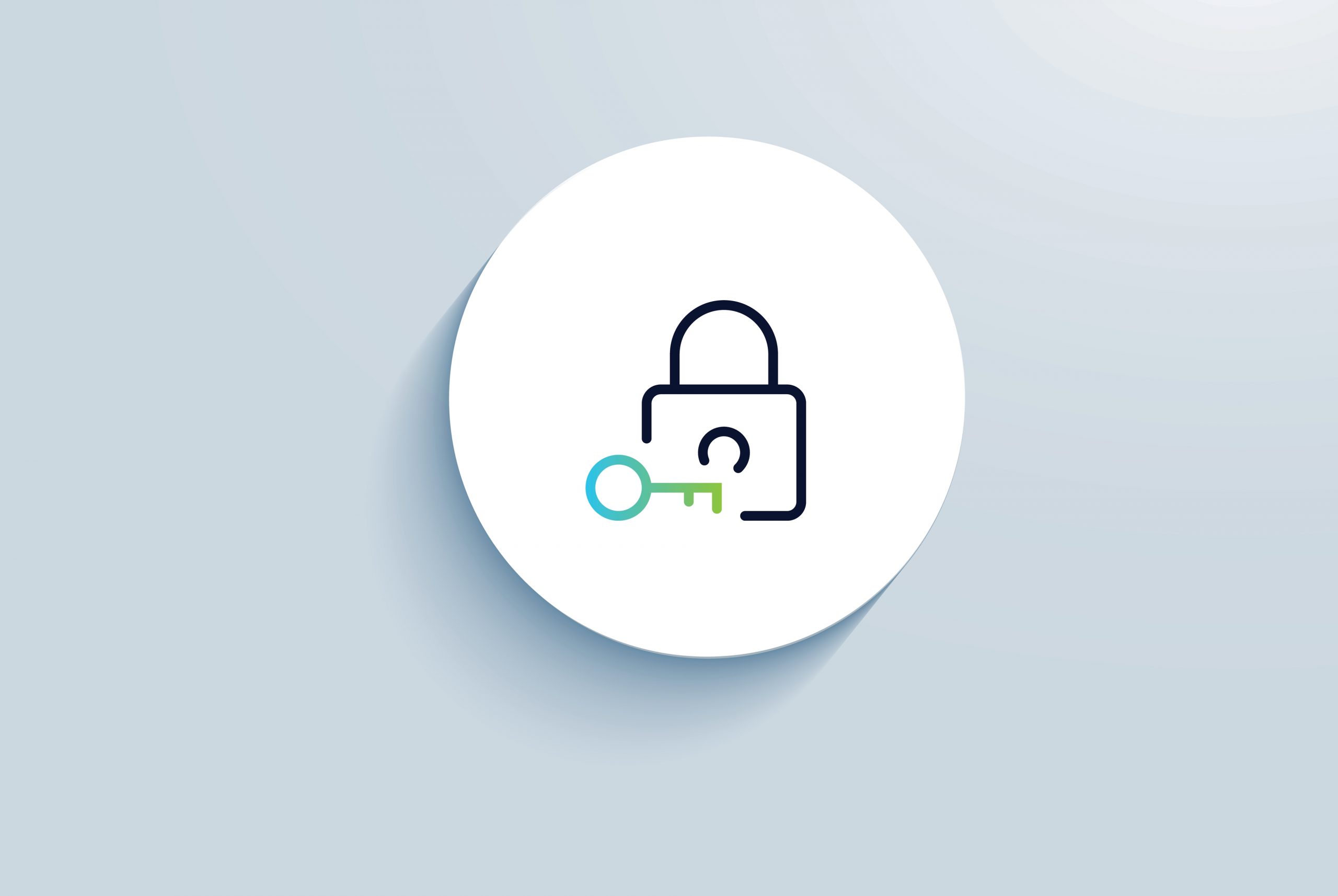Google is set to introduce end-to-end encryption (E2EE) for all Gmail users, including those outside Google Workspace. This encryption method is based on certificate exchange and serves as an alternative to S/MIME (Secure/Multipurpose Internet Mail Extensions), which is commonly used in large organizations. The company assures that the encryption process will not complicate user experience or burden IT administrators.

How E2EE Works in Gmail
With E2EE, emails encrypted on the client side can be sent by corporate Gmail users to any recipient. If the recipient also uses Gmail, no additional setup is needed, and the Gmail interface will indicate that the message is encrypted.
For non-Gmail recipients, an email notification will inform them of the encrypted message. This email will contain a link requiring re-authentication of the recipient’s email account. Once authenticated, they will be granted temporary access through a restricted Gmail account to view and reply to the encrypted message. Google compares this process to granting external users access to a document in Google Workspace. IT administrators can require restricted Gmail usage to ensure encrypted messages remain secure and do not get stored on third-party servers.
If a recipient already has S/MIME configured, the encrypted email will be delivered as usual. However, Google warns that email notifications containing authentication links may resemble phishing attempts. To mitigate this, Gmail will display a warning advising recipients to click on the link only if they trust the sender.
Additional Security Enhancements
Alongside the E2EE rollout, Google is introducing classification labels for emails, indicating their sensitivity level, adds NIX Solutions. These labels will help IT administrators enforce data loss prevention (DLP) rules, ensuring emails are handled appropriately based on their assigned classification.
Furthermore, Google has enhanced Gmail’s spam and phishing detection with AI-powered tools. These updates aim to reduce the number of malicious emails that bypass existing filters.
The rollout of end-to-end encryption will occur in phases, and we’ll keep you updated as more integrations become available.
